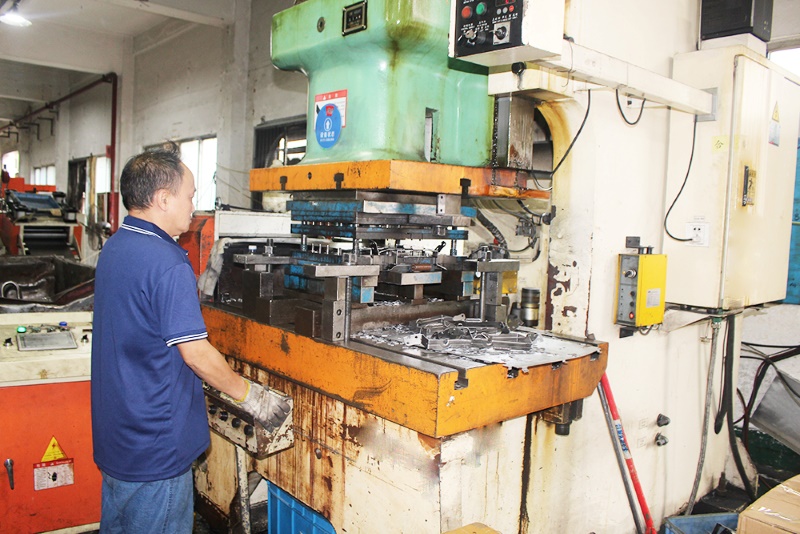Stretch forming is a stamping processing method that uses a mold to form a flat blank into an open hollow part. As one of the main stamping processes, stretching is widely used. The drawing process can be used to make cylindrical, rectangular, stepped, spherical, conical, parabolic and other irregular-shaped thin-walled parts. If combined with other stamping forming processes, parts with more complex shapes can also be made.
Use stamping equipment to perform stretch forming processing of products, including: stretching processing, re-stretching processing, reverse stretching and thinning stretching processing, etc.

Stretching process
Using a plate pressing device, the punching force of the punch is used to pull part or all of the flat plate into the concave mold cavity to form it into a container with a bottom. The processing of the side wall of the container parallel to the stretching direction is a simple stretching process, while the stretching processing of conical (or pyramidal) containers, hemispherical containers, parabolic containers, etc. also includes expansion processing.
Re-stretching process
That is, for deep-drawn products that cannot be completed in one drawing process, the stretched formed product needs to be stretched again to increase the depth of the formed container.
Reverse stretching processing
The stretched workpiece in the previous process is stretched in the reverse direction, so that the inside of the workpiece becomes the outside and its outer diameter is reduced.
Thinning and stretching processing
Use a punch to squeeze the formed container into a concave mold cavity that is slightly smaller than the outer diameter of the container, so that the outer diameter of the container with a bottom becomes smaller and the wall thickness becomes thinner, which not only eliminates the wall thickness deviation, but also makes the surface of the container smooth.

